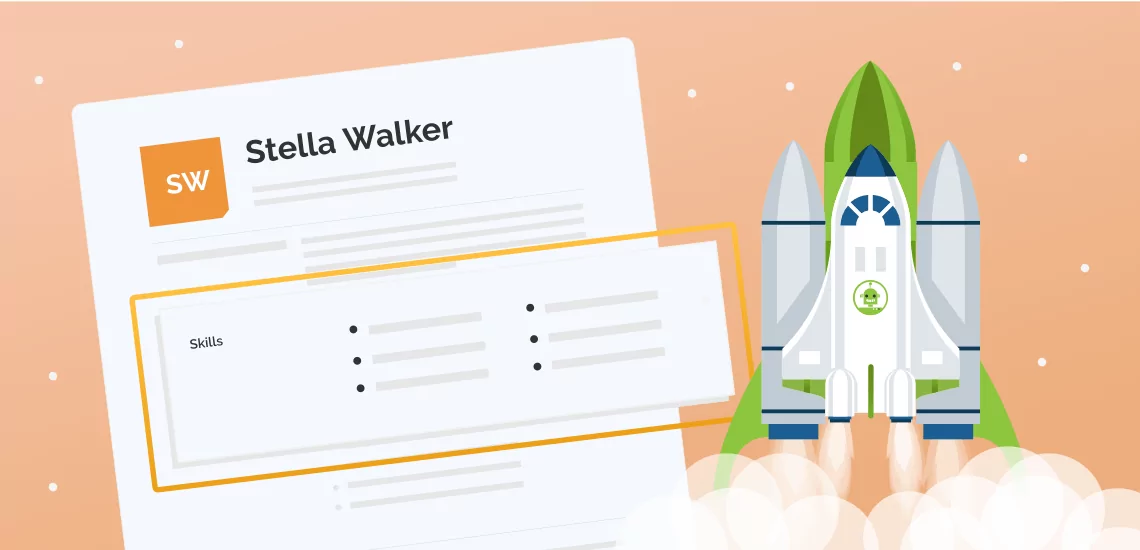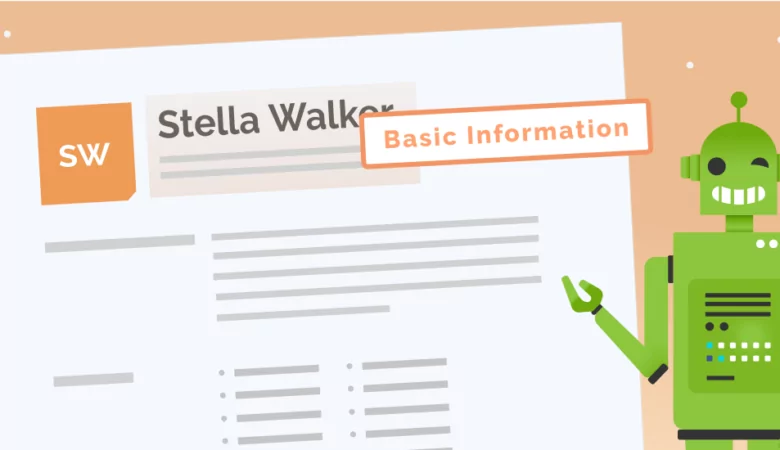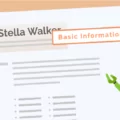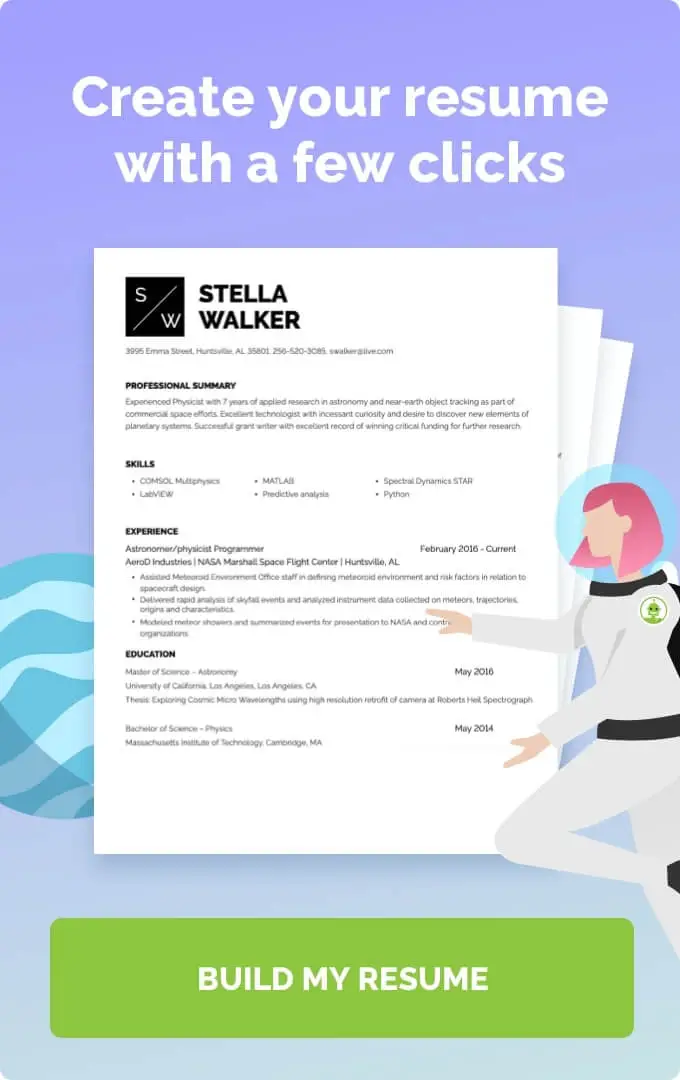A resume introduction tells recruiters why you are the best candidate for the job. Learn how to write a memorable resume introduction in minutes with three tips from ResumeNerd.

Three Tips to Write a Memorable Resume Introduction
Write a Resume Introduction That Stands Out
A resume introduction is important for catching a busy hiring manager’s attention during your job search. A well-written resume introduction can hook a hiring manager and make them curious about what is on the rest of your resume. Your introduction should feature your best skills, qualities, and achievements. Writing an introduction shows extra effort and communication skills, making it more likely that you will get the job.

Creating Your Resume Introduction
A resume introduction goes at the top of your resume underneath your contact information. It should contain highlights of your career, skills, or qualities that make you stand out as an applicant. You can use a resume builder or look at a sample resume or resume template for your job title to get an idea of what your introduction should look like. A good resume introduction shouldn’t be too long or take up too much space. Some resume introductions consist of a few sentences, while others use bullet points to note key achievements or relevant skills and competencies.
Types of Resume Introductions You Can Use
There are three types of resume introductions you can use: the resume summary, resume objective, and the summary of qualifications.
-
Resume summary
A summary statement is the most popular introduction among job seekers. A summary focuses on your work history and relevant experience. It includes your related qualifications, qualities, and experiences. A typical resume summary will mention past achievements or state how you contributed to your previous job. This type of introduction is best for applicants who have some professional experience in their career already.
-
Resume objective
While the resume summary focuses on the experiences you’ve already attained, a resume objective discusses your goals and the desired future outcome of your career. You can relate your career objective to your skills, capabilities, and special qualities instead of your past job experiences. This type of introduction is great for applicants who haven’t had many years of experience in their field. It is often used by recent graduates or students who are applying for entry-level jobs.
-
Summary of qualifications
A summary of qualifications will display your skills and certifications. This style of introduction most often makes use of 3-5 bullet points rather than the paragraph that you might be used to seeing in an objective statement or resume summary. A summary of qualifications is good for applicants who are pursuing a career change. These applicants don’t have many years of experience in a particular industry but may have many relevant qualifications or skills.
Three Tips To Write The Best Resume Introduction
Here are three tips to write a resume introduction:
1. Write the rest of your resume and your cover letter first.
It’s easier to write your introduction once you have already written the rest of your resume and cover letter. This makes it easy to refer to your top experiences, skills, and achievements for various positions.
2. Identify your most relevant achievement.
A good resume introduction will highlight your most relevant achievement. This will hook the hiring manager and make them want to read more about you. Your most relevant achievement will depend on your skillset, career path, and the job you are applying to.
3. Use action words.
When describing your experiences, use action words to sound more proactive. Words, such as leveraged, coordinated, achieved, or constructed are dynamic and give a sense that you are a team player.
In your introduction, avoid using “I” and other pronouns. For example, the resume summary of a project manager that says “I reached the desired company quota for Q4” can be changed to “Met and exceeded company quota for Q4”.
FAQ: Resume Introduction
A professional resume should be customized for each new job you apply to. When tailoring your resume to a specific position, update the introduction, work experience, and skills sections to include keywords from the job description (e.g., specific skills or duties that are important to the job). An experienced hiring manager will be able to tell if you are using a generic resume or if it has been created specifically for the position. Showing extra effort will boost your chances of getting an interview or landing the job.
If you don’t have a lot of work experience, you can include relevant academic accomplishments, and unpaid or volunteer work in your resume introduction. Write a resume objective for your introduction and describe your goals for the position if you are hired. Tell the hiring manager how you will use your skills and capabilities to reach those goals.
An introduction is always necessary for your resume. Think of it as your opening sales pitch, in which you’re selling your abilities and value as a job candidate. Recruiters will read your resume introduction and then decide if they should go on to read the rest of the resume, so it’s important to keep it. Better to have a two-page resume than a one-page document with an introduction.







